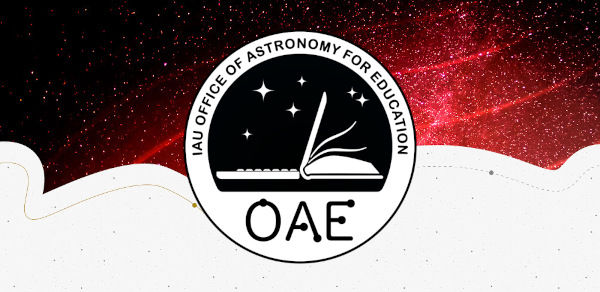Glossary term: Standard Candle
Description: A standard candle is an astronomical object whose luminosity (energy emitted per unit time) is known and can be used to estimate the distance from the object to the Earth.
For most celestial objects, astronomers do not have information about their distance from Earth. Under those circumstances, it can be difficult to decide whether one is looking at a distant, but very bright object, or a closer and less bright object – the apparent brightness, as measured from Earth, can be the same in both cases. Standard candles have luminosities that can be estimated without knowing their distance. The standard candle's distance can then be calculated by comparing that luminosity and the object's apparent brightness in the night sky. Important examples include Cepheid variables (pulsating stars where there is a relation between the pulsation period and the luminosity), and Type Ia supernovae (bright stellar explosions where there is a relation between the maximum luminosity and the timescale on which the brightness decreases directly afterwards).
Related Terms:
See this term in other languages
Term and definition status: This term and its definition have been approved by a research astronomer and a teacher
The OAE Multilingual Glossary is a project of the IAU Office of Astronomy for Education (OAE) in collaboration with the IAU Office of Astronomy Outreach (OAO). The terms and definitions were chosen, written and reviewed by a collective effort from the OAE, the OAE Centers and Nodes, the OAE National Astronomy Education Coordinators (NAECs) and other volunteers. You can find a full list of credits here. All glossary terms and their definitions are released under a Creative Commons CC BY-4.0 license and should be credited to "IAU OAE".
Related Activities
Street Lights as Standard Candles
astroEDU educational activity (links to astroEDU website) Description: Understand astronomical distances using street lightsLicense: CC-BY-4.0 Creative Commons Attribution 4.0 International (CC BY 4.0) icons
Tags: Hands-on , Distances , Distance measurements , Inverse square law Age Ranges: 14-16 , 16-19 , 19+ Education Level: Informal , Secondary , University Areas of Learning: Modelling , Structured-inquiry learning , Technology-based Costs: Low Cost Duration: 3 hours Group Size: Group Skills: Analysing and interpreting data , Constructing explanations , Developing and using models , Planning and carrying out investigations , Using mathematics and computational thinking








